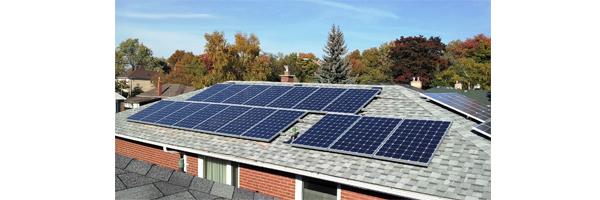Reply To:
Name - Reply Comment
By Kamanthi Wickramasinghe
Global warming is caused by the emission of greenhouse gases and 72% of the totally emitted greenhouse gases are Carbon dioxide (CO2). Carbon emissions are a direct contributor to global warming and the numbers are getting higher by the day. Carbon dioxide emissions therefore are the most important cause of global warming. CO2 is inevitably created by burning fuels like such as oil, natural gas, diesel, organic-diesel, petrol, organic-petrol and ethanol. The emissions of CO2 have been dramatically increased within the last 50 years and are still increasing by almost 3% each year. Following are a few ways in which you could possibly reduce Carbon emissions during your daily activities.

Alternatives to driving - When possible, walk or ride your bike in order to avoid carbon emissions completely. Carpooling and public transportation drastically reduce CO2 emissions by spreading them out over many riders.
Drive a low carbon vehicle - High mileage doesn’t always mean low CO2 emissions. All vehicles have an estimated miles-per-gallon rating. Electric cars emit no CO2 if they’re charged with clean electricity.
Driving style - Speeding and unnecessary acceleration reduce mileage by up to 33%, waste gas and money, and increase your carbon footprint.
Tire inflation and other tuning- Properly inflated tires improve your gas mileage by up to 3%. It also helps to use the correct grade of motor oil, and to keep your engine tuned, because some maintenance fixes, like fixing faulty oxygen sensors, can increase fuel efficiency by up to 40%.
Try to avoid traffic- Being stuck in traffic wastes gas and unnecessarily creates CO2. Use traffic websites and apps and go a different way or wait.

Appliances - Make energy efficiency a primary consideration when choosing a new furnace, air conditioning unit, dishwasher, or refrigerator.
Lighting -Turn off lights you’re not using and when you leave the room. Replace incandescent light bulbs with compact fluorescent or LED ones.
Solar - Add solar panels to the roof of your home. This costs a little more than the above options, but many providers offer financing options which minimize upfront costs.

Eat locally-produced and organic food - It has been estimated that 13% of U.S. greenhouse gas emissions result from the production and transport of food. Transporting food requires petroleum-based fuels, and many fertilizers are also fossil fuel-based.

Water usage - Lower the amount of energy used to pump, treat, and heat water by washing your car less often, using climate-appropriate plants in your garden, installing drip irrigation so that plants receive only what they need, and making water-efficient choices when purchasing shower heads, faucet heads, toilets, dishwashers and washing machines.
Reuse and recycle - It has been estimated that 29% of U.S. greenhouse gas emissions result from the “provision of goods,” which means the extraction of resources, manufacturing, transport, and final disposal of “goods” which include consumer products and packaging, building components, and passenger vehicles, but excluding food. By buying used products and reselling or recycling items you no longer use, you dramatically reduce your carbon footprint from the “provision of goods.”
Support clean energy sources - Whenever you can, advocate for clean alternatives to fossil fuels, such as wind, solar, geothermal, and appropriately designed hydroelectric and biomass energy projects.
With the increase in the number of vehicles on the streets, traffic has become a major problem in Sri Lanka today. Such traffic congestions would result in CO2 emissions and therefore it is advisable to use alternative methods of transport during such times. As the country is quite concerned on sustainable development, it is important to note that there are several commercial entities willing to help you in this process. United Tractors is one such source that specialises in distributing electric power in Sri Lanka. Today, many of the biggest buildings and industrial facilities in the country are powered by Cat generators. The most power dependent institutions such as hospitals and 5 star hotels too rely on Cat power.